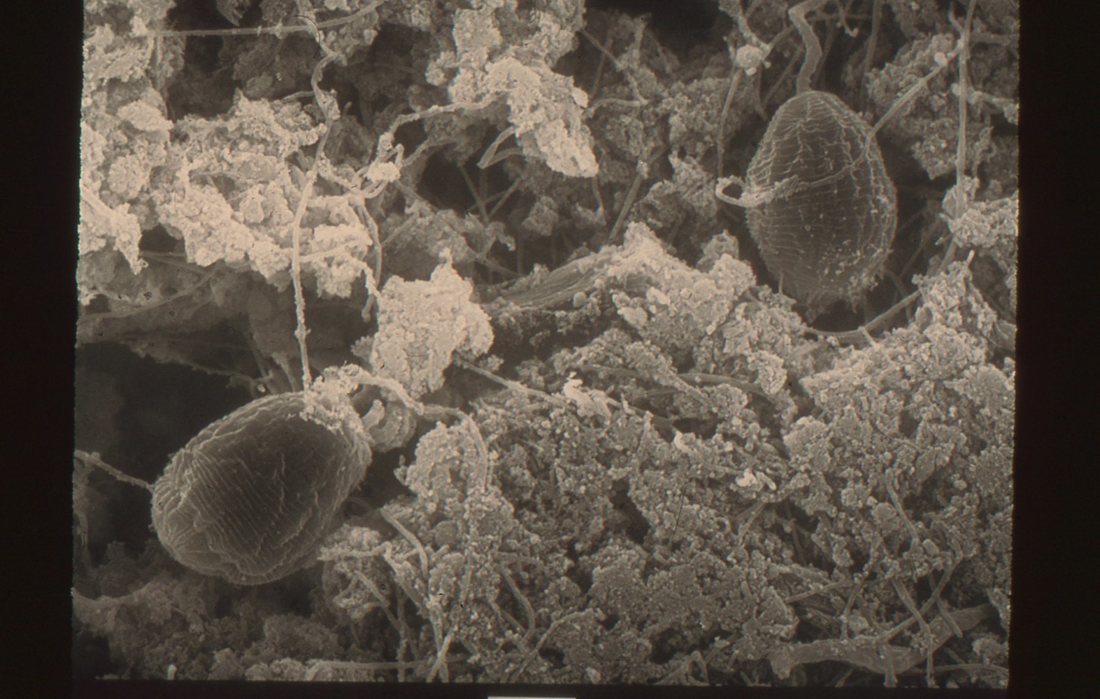What are the biofilm functions in wastewater treatment
Biofilms act to increase microbial population density in flow through systems. In attached growth, surface biofilms prevent hydraulic washout and promote more efficient pollution removal than seen in lagoons or ponds. Suspended growth systems with secondary clarification use gravity settling to keep microbial floc (biofilms) in circulation via the RAS line. The stronger the biofilm, the more resistant the biomass to both hydraulic and environmental shocks (this includes accidental spills and mechanical failure). A strong biofilm also supports a diverse microbial population including slower-growing, niche organisms such as ammonia oxidizing bacteria including both AOB & NOB. Without the biofilm, both AOB & NOB are much more subject to hydraulic washout and toxic shocks. Finally, a strong biofilm controls effluent solids and turbidity with minimal use of chemical polymers.
Why microbes form biofilms
Having established the importance of biofilms in wastewater, we need to consider why microbes form biofilms. There are three often discussed pressures for biofilm formation. First, the biofilm protects microbes from the surrounding environment and predation by protozoa or metazoan. Organisms inside the floc interact with the external environment via gradual diffusion of nutrients and oxygen across the matrix. The gradual concentration changes enable the cells to adjust to environmental changes over time versus responses seen by planktonic microbes. Secondly, biofilms also help increase nutrient concentrations. With lower F/M conditions, the EPS matrix includes insoluble organics and extracellular enzymes that enable the nutrient to cross cell walls. The biofilm also improved microbial access to nutrients such as nitrogen, phosphorus, and trace metals by storing and concentration the nutrients found in the influent. Finally, a diverse biofilm allows for syntrophic or symbiotic relationships among the microbes. Often individual strains perform only one step in the entire metabolic detoxification/degradation process. Other neighboring organisms use the intermediates for their metabolism, preventing inhibition by waste products from the first step. We see syntrophic interactions often in degradation of xenobiotics, ammonia oxidation, and anaerobic digester populations.


 RSS Feed
RSS Feed